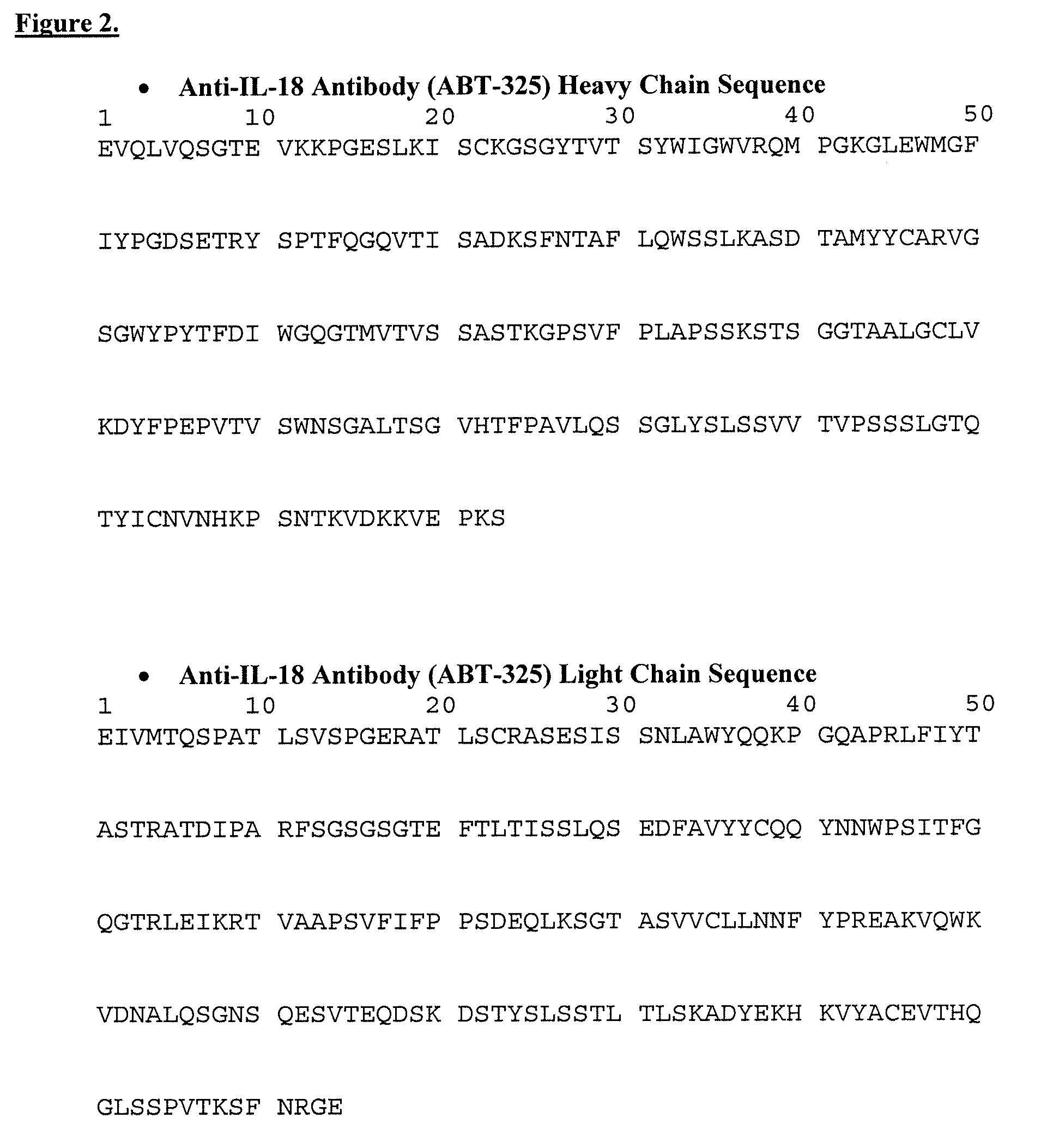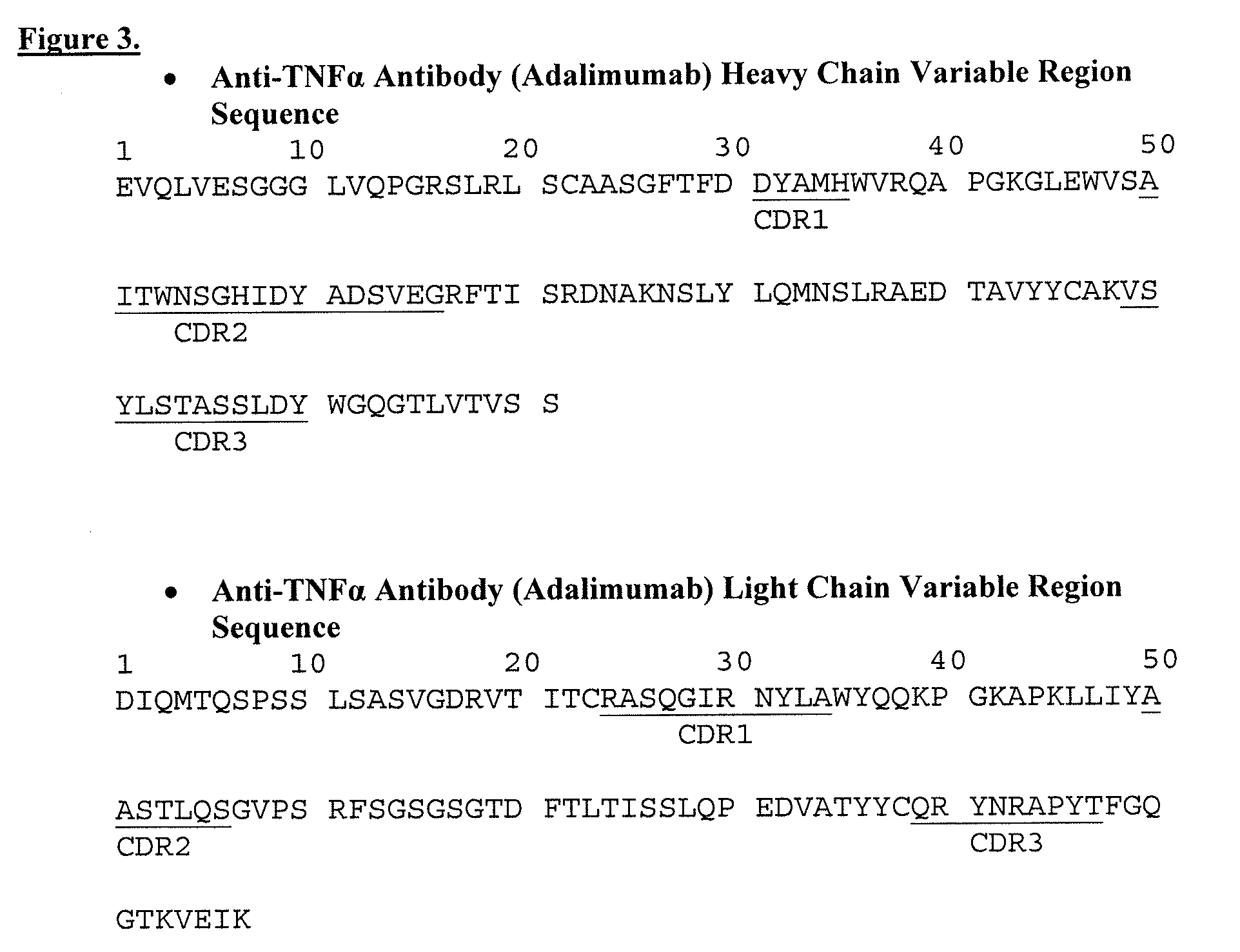Isolation and purification of antibodies using protein a affinity chromatography
a technology of affinity chromatography and protein, which is applied in the field of antibody isolation and purification using protein affinity chromatography, can solve the problems that antibody compositions of sufficient purity cannot be used in pharmaceutical contexts, and achieve the effect of facilitating the elimination of these aggregations and promoting the interaction of antibodies
- Summary
- Abstract
- Description
- Claims
- Application Information
AI Technical Summary
Benefits of technology
Problems solved by technology
Method used
Image
Examples
examples
1. The Isolation and Purification of Anti-IL-12 Antibody
[0223]1.1 Purification Strategy
[0224]Upon completion of a production cell culture operation designed to produce IL-12 antibodies, the broth was slowly adjusted to and maintained at pH 3.5 for a period of 1 hour, then readjusted to pH 5, followed by centrifugation (11,000×g) to remove cells and precipitated impurities. The centrifugation supernatant was further clarified by a two step filtration train (Cuno 90ZA depth filtration, followed by 0.45 / 0.2 μm filtration). Following clarification, the antibody was captured and further purified in a five step procedure.
[0225]The clarified acidified cell culture harvest was titrated to pH 7 with 3 N NaOH in the course of 30 minutes and filtered prior to chromatography.
[0226]A 1.0 cm diameter×21.6 cm long column (17 mL bed volume) was used for this operation at the bench scale. A 1.0 cm×15.1 cm column (11.9 mL bed volume) was used at the early stage to generate material for the fine purif...
PUM
| Property | Measurement | Unit |
|---|---|---|
| pH | aaaaa | aaaaa |
| pH | aaaaa | aaaaa |
| absorbance | aaaaa | aaaaa |
Abstract
Description
Claims
Application Information
 Login to View More
Login to View More - R&D
- Intellectual Property
- Life Sciences
- Materials
- Tech Scout
- Unparalleled Data Quality
- Higher Quality Content
- 60% Fewer Hallucinations
Browse by: Latest US Patents, China's latest patents, Technical Efficacy Thesaurus, Application Domain, Technology Topic, Popular Technical Reports.
© 2025 PatSnap. All rights reserved.Legal|Privacy policy|Modern Slavery Act Transparency Statement|Sitemap|About US| Contact US: help@patsnap.com



